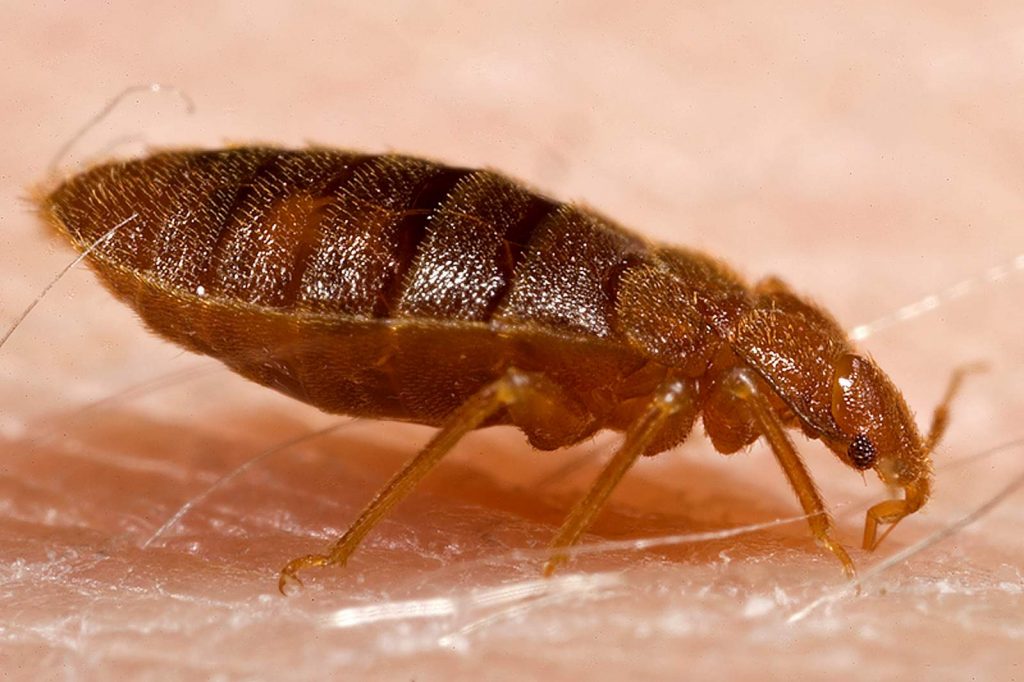1. Maintain Vigilance While Traveling
Traveling is one of the most common ways bed bugs spread from place to place. These pests are notorious for hiding in luggage, clothing, and even on planes and trains, making it imperative to be vigilant when moving.
- Smartly Place Luggage: Upon arrival at a hotel or any overnight accommodation, don’t place your luggage on the bed or upholstered furniture. Instead, use a luggage rack, preferably metal, less conducive to bed bugs.
- Inspect Your Accommodations: Thoroughly inspect the bed, headboard, mattress, and box springs for any signs of bed bugs, such as small dark stains or actual bugs.
- Use Protective Covers for Luggage: Consider using protective covers for your suitcase. These are made from materials resistant to bed bugs and keep them out of your property.
- Check Your Purchases: Be cautious when transporting items like clothes and furniture. These items can be carriers of bed bugs. Inspect them thoroughly before bringing them into your hotel room or home.


